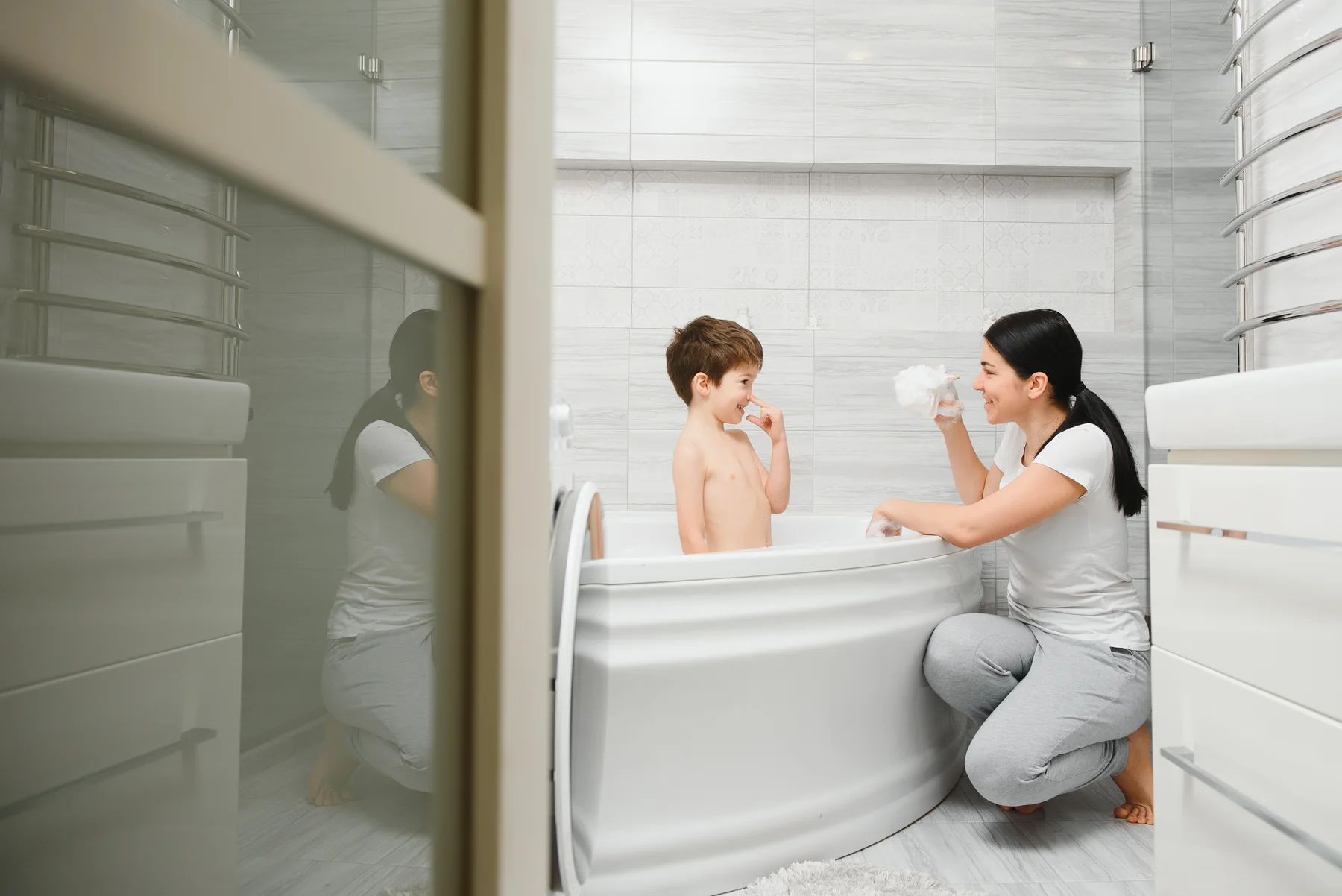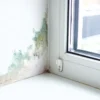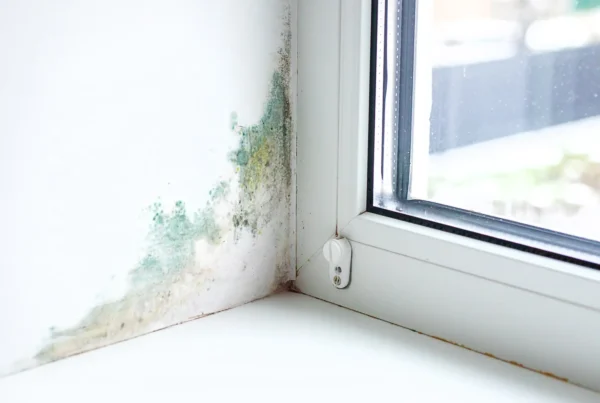Summary
As a parent, creating a safe and healthy home is a top priority. While it is important to understand the health impacts of mold, the most powerful strategy is prevention. This guide focuses on proactive, practical steps you can take to create a home environment where mold simply cannot thrive. It explains that the single most critical factor for mold growth is moisture, providing a clear framework for parents on how to prevent mold.
The key takeaway is that simple, consistent habits can make a huge difference. The post provides a deep dive into how to reduce indoor humidity, which is often the root cause of mold issues. Effective strategies include using dehumidifiers in damp areas, ensuring proper ventilation with exhaust fans, and fixing leaks as soon as they appear. The goal is to keep your home’s humidity level between 30% and 50%, making it an inhospitable place for mold to grow.
To make this easy to implement, the guide includes a Home Mold Safety Checklist. This tool breaks down key inspection points for bathrooms, kitchens, basements, and other high risk areas, allowing you to catch potential issues early. This empowers you to protect your family from the health challenges of mold exposure before they start.
FAQs
Q1. What is the most important step in preventing mold? Controlling moisture is the most important step. Mold needs a damp environment to grow, so keeping your home dry by managing leaks and humidity is the best way to prevent it.
Q2. How can I reduce the humidity in my house? You can reduce indoor humidity by using a dehumidifier in basements or bathrooms, running your air conditioner in humid weather, and using exhaust fans to vent steam from cooking and showering.
Q3. What is the ideal indoor humidity level to prevent mold? To prevent mold growth, you should aim to keep the humidity level in your home between 30% and 50%.
Q4. What are some common places to check for mold? Regularly check for leaks or musty smells under sinks, around windows and toilets, in basements and attics, and near any areas that have had previous water damage.
Introduction
You work tirelessly to create a safe and healthy environment for your child. You focus on nutritious food, a stable routine, and a loving home. But what about the hidden environmental factors that can impact their well-being? When it comes to mold, the single most effective strategy is prevention.
While it’s crucial to know the symptoms of mold exposure, building a home environment that is inhospitable to mold in the first place can save you from the stress and health challenges down the road. This guide provides a deep dive into how to prevent mold by controlling the one thing it needs most: moisture.
🍄 Understanding the Enemy: What Mold Needs to Thrive
Mold isn’t picky, but it does have three basic requirements to grow:
- Moisture: This is the most critical factor. Leaks, high humidity, and condensation create the perfect breeding ground.
- A Food Source: Mold can feed on many common household materials, including drywall, wood, carpet, paper, and even dust.
- The Right Temperature: Mold prefers warm, damp, and dark environments, but many types can grow in a wide range of temperatures.
By controlling these factors—especially moisture—you can make your home a far less welcoming place for mold.
💧 How to Reduce Indoor Humidity: Your First Line of Defense
One of the most important aspects of mold prevention is learning how to reduce indoor humidity. Mold spores are everywhere, but they can only colonize and grow when there’s enough moisture in the air. The goal is to keep your home’s humidity level between 30% and 50%.
Here are the most effective strategies:
- Use a Dehumidifier: In naturally damp areas like basements, crawl spaces, and laundry rooms, a dehumidifier is your best tool. Run it regularly to pull excess moisture out of the air.
- Run Your Air Conditioner: During humid months, your air conditioner acts as a whole-house dehumidifier. Ensure your unit is serviced regularly and the filters are changed often to keep it running efficiently.
- Ensure Good Ventilation: Proper airflow is key. Use exhaust fans in bathrooms and kitchens to vent steam and moisture directly outside. If you don’t have fans, open a window for 15-20 minutes after a shower or while cooking.
- Avoid Drying Clothes Indoors: Hanging wet laundry inside can significantly raise indoor humidity levels. If you must, use a well-ventilated room and run a dehumidifier at the same time.
✅ A Proactive Guide on How to Prevent Mold
Beyond managing humidity, taking proactive steps to eliminate water sources is essential for long-term mold prevention.
- Fix Leaks Immediately: A small leak under a sink or from a roof can quickly lead to a major mold problem. Inspect your home regularly for signs of water damage—like discoloration on ceilings or warped floorboards—and make repairs promptly.
- Manage Condensation: Windows, pipes, and exterior walls can “sweat,” creating a constant source of moisture. Ensure these areas are properly insulated and wipe away any condensation you see right away.
- Keep Gutters Clean and Functional: Clogged gutters can cause water to overflow and seep into your foundation or roof, creating hidden moisture problems that are perfect for mold.
- Grade Your Yard Correctly: Ensure the ground around your home slopes away from the foundation so that rainwater doesn’t pool against the walls and seep into your basement or crawl space.
🏡 Where Mold Hides: Common Areas to Inspect
Mold can grow unseen. Regularly check these common hiding spots:
- Bathrooms: Under sinks, around toilets and tubs, on grout/caulk, shower curtains, behind walls with plumbing.
- Kitchens: Under sinks, around dishwashers/refrigerators (check drip pans), inside cabinets where cleaning supplies are stored.
- Basements & Crawl Spaces: Near foundation walls, around sump pumps, on stored items (especially cardboard/paper), near pipes.
- Attics: Near roof leaks, around vents, on insulation if moisture is present.
- Windowsills & Frames: Condensation often collects here.
- HVAC Systems & Vents: Ducts can harbor mold, spreading spores throughout the house.
- Laundry Rooms: Around washing machines, in lint traps, on damp clothes left sitting.
- Carpets & Upholstery: Especially if they have been wet or are in damp areas.
📋 The Home Mold Safety Checklist
Perform this simple audit of your home every few months to catch potential problems before they start.
🛁 In the Bathrooms:
- Check for leaks under the sink and around the toilet base.
- Inspect tile grout and caulk for any dark spots or mildew.
- Ensure the exhaust fan is working and used during every shower.
- Avoid leaving damp towels on the floor or in hampers.
🍳 In the Kitchen:
- Check for leaks under the sink and around the dishwasher and refrigerator.
- Use the exhaust fan when cooking or boiling water.
- Wipe up spills immediately.
- Regularly empty and clean refrigerator drip pans.
📦 In the Basement and Attic:
- Check for musty odors, a key sign of hidden mold.
- Look for signs of water damage on walls, ceilings, and stored items.
- Ensure storage boxes are on shelves, not directly on a concrete floor.
- Make sure the basement is properly sealed and that your sump pump (if you have one) is working.
🧼 What to Do If You Find Mold
If your audit reveals a small amount of mold (less than 10 square feet, according to the EPA), you may be able to clean it yourself with household cleaners. However, for larger infestations, if mold returns after cleaning, or if you suspect it’s in your HVAC system, it’s best to call a professional remediation company to ensure it’s removed safely and completely.
Creating a mold-resistant home is an ongoing process, but by integrating these simple checks and habits, you can significantly reduce the risk and create a safer, healthier space for your child to thrive.
Next Steps
✔ If you are still searching for a diagnosis and want more clarity on whether your child might have PANS or PANDAS, take our free PANS/PANDAS Symptom Assessment. Explore how your child’s symptoms might fit into the official PANS and PANDAS diagnostic criteria, and gain valuable knowledge on how the process works. To take the symptom assessment, click here.
✔ For easy to implement approaches to reducing inflammation in your child’s body, download my free eBook, Healing from PANS/PANDAS and Autoimmune Encephalitis. Learn why healing your child’s gut is always step one when it comes to brain health, how the brain detoxifies and what to do to facilitate this process, the role of the autonomic nervous system in healing, and so much more.! To download your free copy, click here.
✔ Sign-up for my email newsletter – you will receive tons of research and actionable information in this biweekly resource
✔ Join the private Facebook community for parents of children with PANS/PANDAS and other neuroinflammatory brain conditions
✔ And finally, if you are interested in getting to the root of your child’s diagnosis and reversing symptoms for good, join me in my Foundations in Healing Jumpstart Program. The Foundations Program is a highly mentored, 8-week learning intensive program for parents of children with inflammatory brain conditions like PANS/PANDAS, autism, ADHD, anxiety/depression, and Lyme. In addition to gaining access to my proven methodologies and proprietary knowledge, you will also be learning directly from me in an intimate group setting. For more on the Jumpstart Mentorship program, click here.
And remember, your child’s body is hardwired to heal, we just need to provide the tools. We are here for you!
For more information on the Foundations Program, click here
To hear more about what former participants are saying, click here.
RESOURCES:
https://media.ehs.uconn.edu/Occupational/Facts-About-DIY-Mold-Test-Kits.pdf
https://www.rupahealth.com/post/what-lab-tests-can-help-identify-mold-illness
https://pmc.ncbi.nlm.nih.gov/articles/PMC7231651
https://www.indoordoctor.com/blog/residential-mold-testing-what-every-homeowner-should-know/







